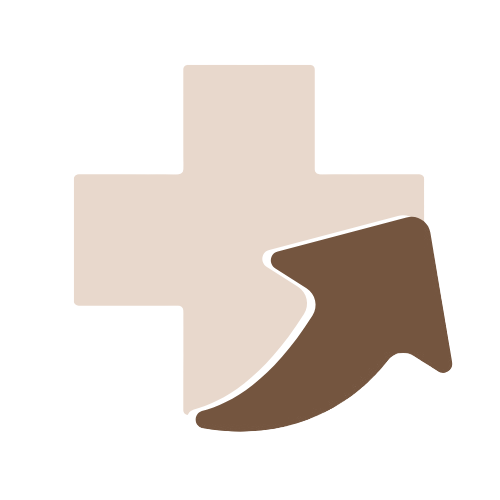Capillaritis
Overview
Capillaritis, also known as pigmented purpuric dermatosis (PPD), is a group of benign skin conditions characterized by reddish-brown patches caused by inflammation of the small blood vessels (capillaries) in the skin. This inflammation leads to leakage of red blood cells into the surrounding tissue, resulting in visible pinpoint spots called petechiae and larger areas of discoloration. Capillaritis is most commonly seen on the lower legs and is generally harmless, though it can cause cosmetic concerns. It is not contagious or dangerous but tends to be chronic and recurrent.
Causes
The exact cause of capillaritis is not always clear, but several factors are believed to contribute to its development:
- Capillary Fragility: Weakness in small blood vessels makes them prone to leaking blood into the skin.
- Prolonged Standing or Sitting: Increases pressure in the veins of the legs, leading to capillary leakage.
- Exercise: Activities such as running or strenuous workouts may trigger flare-ups.
- Heat Exposure: Hot weather or hot showers can aggravate symptoms in some people.
- Medication Side Effects: Drugs like nonsteroidal anti-inflammatory drugs (NSAIDs), aspirin, or some antibiotics have been linked to capillaritis in certain cases.
- Allergic Reactions: Sensitivity to food additives, chemicals, or fabrics may play a role in some individuals.
- Autoimmune Mechanisms: Occasionally, immune system irregularities may contribute to inflammation in the capillaries.
Symptoms
Capillaritis typically presents with distinctive skin findings and mild irritation:
- Red or Brown Spots: Flat, pinpoint reddish spots (petechiae) that turn brownish as blood breaks down in the skin.
- Discoloration: Brownish pigmentation or rusty-colored patches, especially on the lower legs.
- Symmetrical Appearance: Rash often appears on both legs in a similar pattern.
- Mild Itching: Some individuals experience itching or mild irritation, though it is usually not severe.
- No Systemic Symptoms: Capillaritis does not cause fever, joint pain, or internal organ involvement.
- Chronic Nature: Symptoms may wax and wane over weeks or months, often returning without clear triggers.
Diagnosis
Capillaritis is primarily diagnosed through clinical evaluation, with tests rarely required unless other conditions are suspected:
- Clinical Examination: Dermatologists can usually diagnose capillaritis by examining the characteristic appearance of the skin lesions.
- Medical History: Review of medications, activities, and symptom triggers to identify potential causes.
- Dermoscopy: A magnifying skin examination tool may be used to observe the pattern of blood vessels and pigmentation.
- Skin Biopsy: In uncertain cases, a small skin sample may be taken to confirm diagnosis under a microscope, showing capillary inflammation and red blood cell leakage.
- Blood Tests: Rarely needed unless symptoms suggest systemic disease or vasculitis.
Treatment
There is no specific cure for capillaritis, but several measures can help manage and reduce symptoms:
Lifestyle Modifications
- Leg Elevation: Elevating legs helps reduce pressure and swelling.
- Avoid Prolonged Standing: Minimizing long periods of standing or sitting can prevent symptom aggravation.
- Comfortable Clothing: Avoiding tight socks or restrictive garments to improve circulation.
Medical Treatments
- Topical Steroids: Mild corticosteroid creams may reduce inflammation and itching but are used sparingly.
- Emollients: Moisturizers can help soothe the skin and relieve minor irritation.
- Vitamin C and Rutin: Some patients benefit from supplements that strengthen capillary walls, though evidence is limited.
- Anti-Inflammatory Agents: Occasionally, topical treatments like tacrolimus may be used in persistent cases.
Avoidance of Triggers
- Discontinuing Offending Medications: If capillaritis is linked to a specific medication, stopping it under medical advice may help.
- Reducing Heat Exposure: Avoiding hot environments can lessen flare-ups.
Prognosis
The prognosis of capillaritis is generally excellent, as it is a harmless and self-limiting condition. While the discoloration may persist for weeks or months, it does not lead to scarring or serious health complications. Many individuals experience recurring episodes, but symptoms can often be controlled through lifestyle changes and simple treatments. Long-term management focuses on identifying and avoiding triggers. With proper care, most people lead normal, healthy lives without significant impact from this condition.
